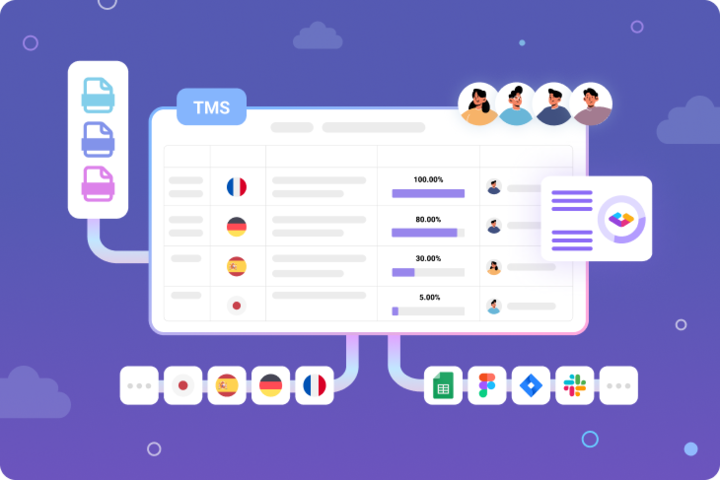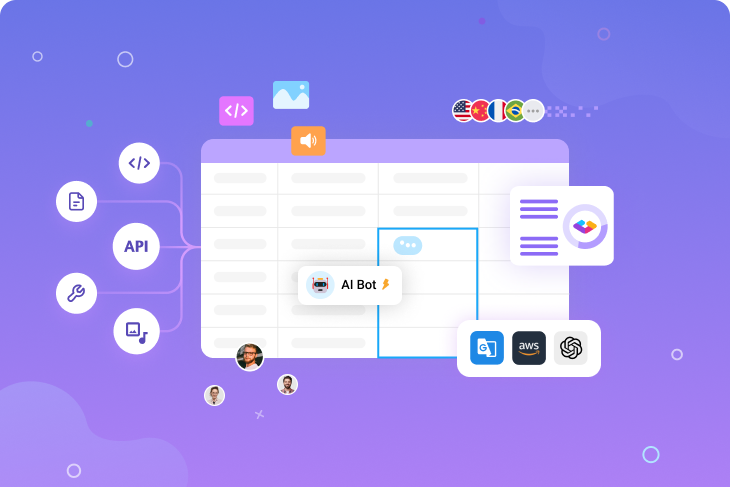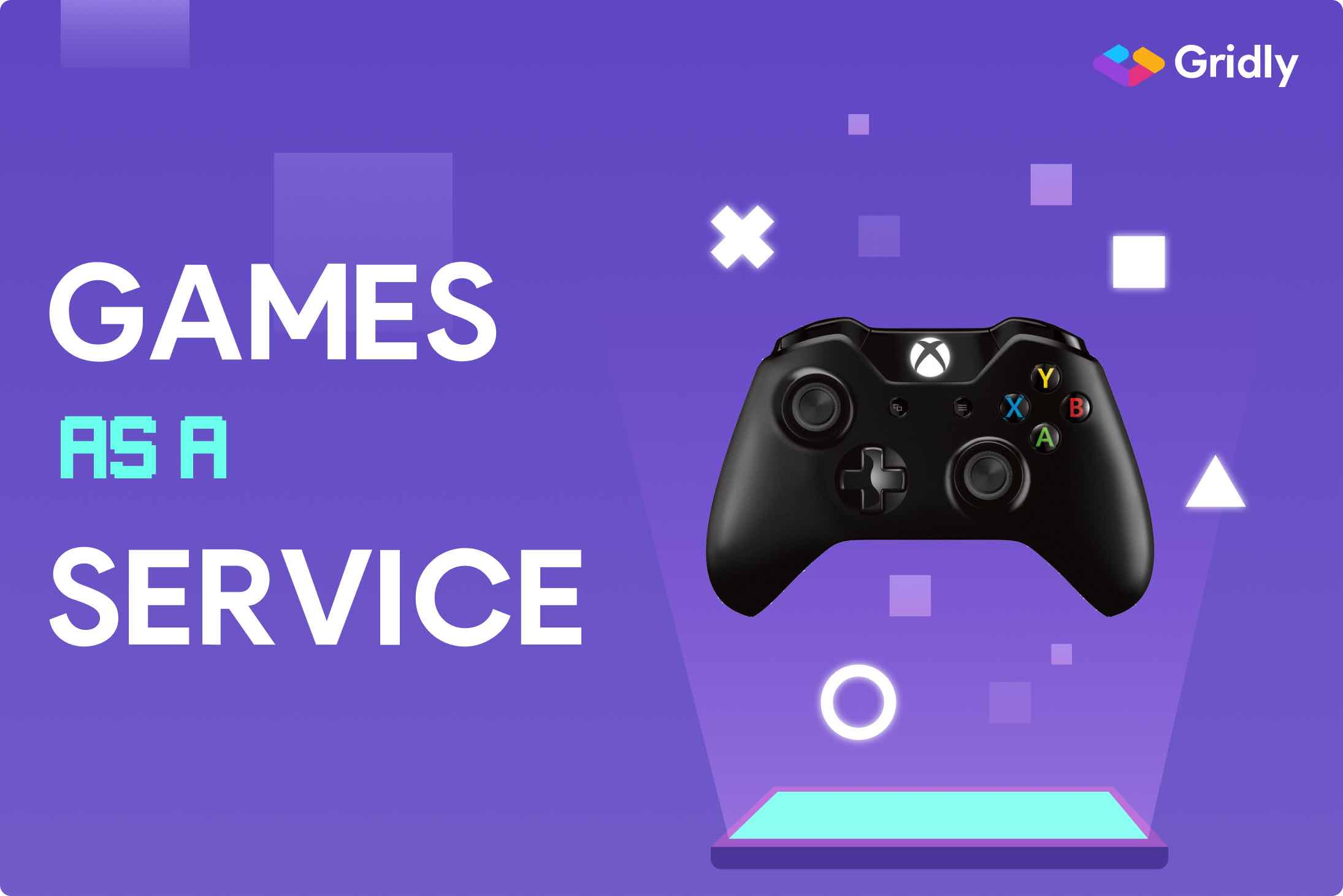Why is it important to track localization status?
Tracking localization statuses lets you:
- Know at a glance which content is ready for localization, testing, and production.
- Assign content to translators, testers, and developers.
- Manage the translation process.
- Enforce content parameters, including character count, audio length, or format.
- Submit localized content for production.
Tracking statuses manually takes a lot of effort and attention. The lack of automated localization features, including status tracking, is one of the biggest localization shortcomings of Google Sheets. It gets even worse if you’re working with Excel files, where each new update generates a completely new file. It’s only a matter of time before errors and inconsistencies worm their way into your project.
Gridly largely automates status tracking — meaning you’ll get all the info you need with minimal time and effort. Simultaneously manage string translations while also implementing completed content into your product to save time and get to market faster. Empower your team with a centralized source of truth that everyone can collaborate on without the risk of errors or unwanted changes.
Let’s find out how Gridly makes it possible.
1. Track content updates with dependencies
Dependencies are one-way relationships between source and target languages in Gridly. When a piece of source content is added or changed, the corresponding target content is marked as needing attention. After the target content has been localized, Gridly marks it as complete.
Gridly can auto-detect outdated content in imported translation files, too. Let’s say you export your source content, send it to a translation partner, then import their work into Gridly. But in the meantime, you’ve updated some of your source content. Gridly will auto-detect these changes and mark the relevant important translations as outdated.
Use dependencies to build relationships between the languages in your project in whatever way you need. Set multiple target languages to be dependent on a single source, or create dependency chains between source, pivot, and target languages. It’s entirely up to you. Once you create the connection, Gridly tracks status changes automatically.
Dependencies even work with other content types. Set a dependency between a line of dialogue and a voiceover audio file, and you’ll know which voiceovers need to be redone if any of the script changes. No matter what sort of content you’re working with — audio, movies, GIFs, PDFs, or even Boolean checkboxes and JSON code, Gridly’s got you covered.
2. Assign translations with source statuses
While dependencies track changes across a project, source statuses let your team know which content is ready for their attention. This feature is a great way to keep localization providers focused on priorities while preventing anyone from working on material that isn’t quite ready for translation.
The five source status options in Gridly let you fine-tune editing permissions for target languages and also configure whether or not this content will be included when exporting.

Find out more about source statuses in our detailed guide.
3. Use Boolean checkboxes
For simpler status tracking, Gridly supports Boolean checkboxes. Project managers can check a box to let translators know when something is ready for translation, while translators can check their own box when their work is complete. Set up multiple checkboxes — for example, if content needs to be fact-checked or approved by a legal department before publishing.
Gridly lets you filter by box status and bulk-edit according to status while also supporting Boolean when exporting and importing back to preserve all your statuses.

4. Create custom statuses
Need more control than Gridly gives you by default? Create your own statuses instead! Gridly supports custom statuses that you can create and assign to any content to keep everything sorted your way.
Simply create a new column, choose a single-selection data type, and define the values that you want your status to have. Then assign these statuses with a convenient drop-down menu and filter accordingly when needed. Track your project by the metrics that matter the most to your team and goals.
5. Use Views to fully leverage localization statuses
No matter which status-tracking method you use — or even if you’re using all of them (and you can!) — that’s just the first step towards an optimized localization strategy. Gridly’s Views are customizable workspaces that let you determine exactly which content every member of your team gets to see and edit.
Prepare localization batches in an agile workflow, use statuses to filter content into separate Views for each stage of the localization workflow, including content creation, translation, or localization quality assurance.
Then, use triggers to push content from your Views to further stages down the pipeline, such as staging and production.
When your workspace works for you, it makes your work that much easier.
Manage your localization statuses like a pro with Gridly
Status tracking is essential for staying on top of a complex workflow. Content creators, localization providers, quality analysts, and developers all need to know where they fit in the workflow, what they need to do, and when. Gain control over your workflows with all the localization status tracking tools in Gridly — try it today.










